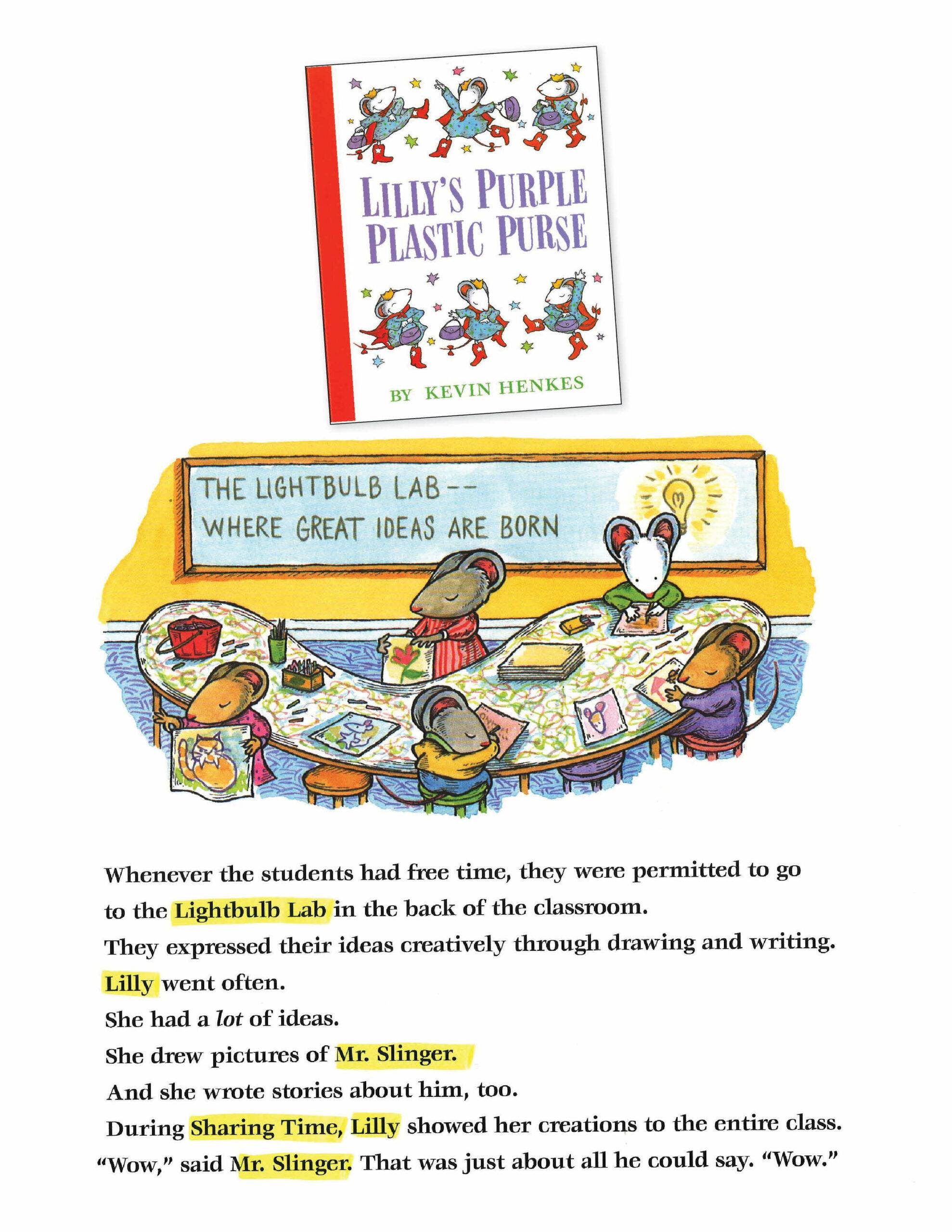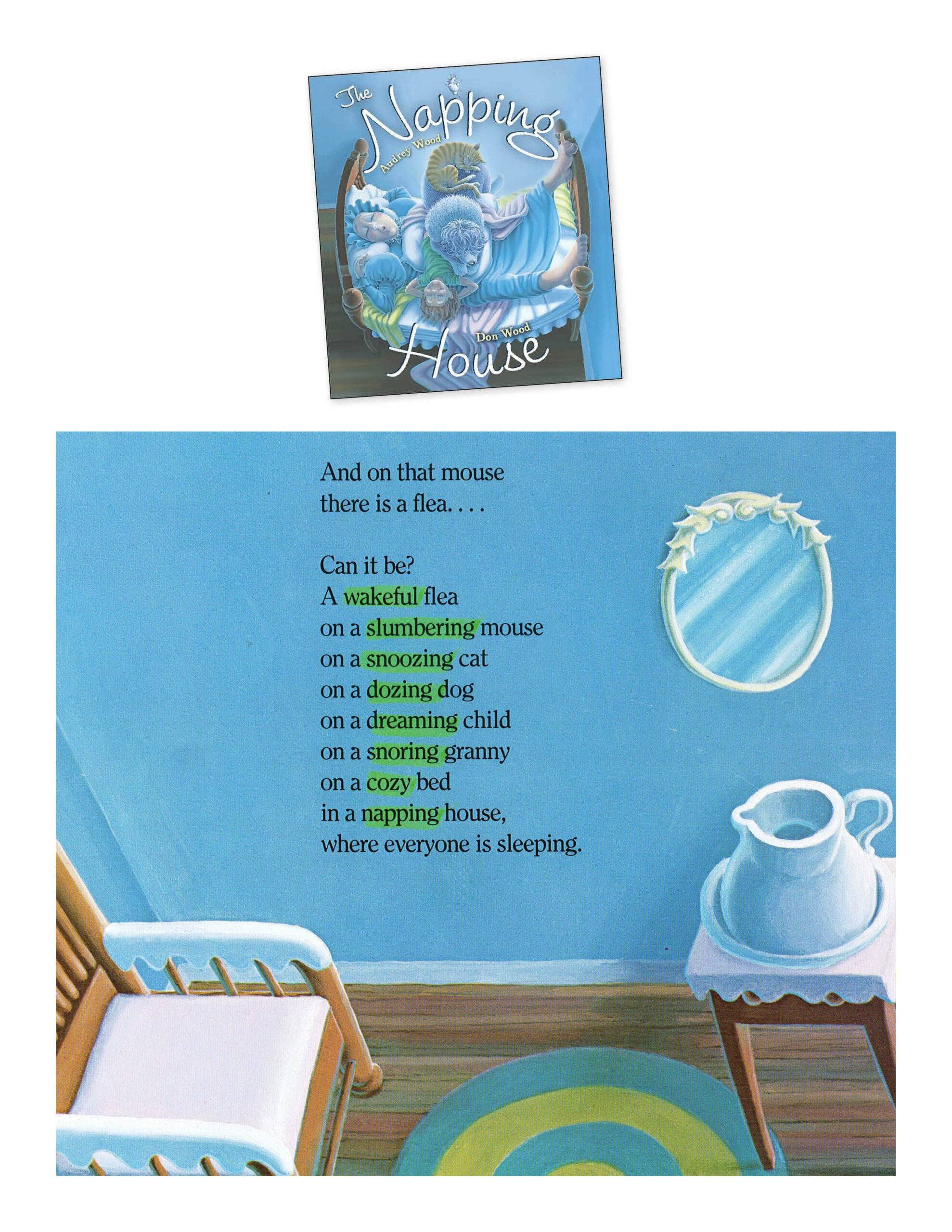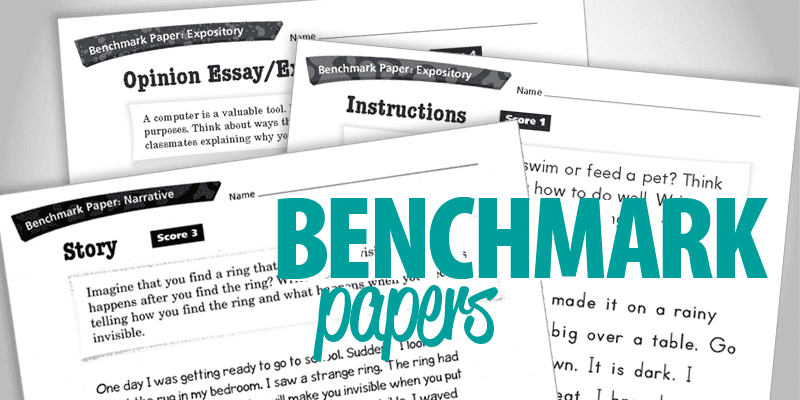Learning Center
writing
Integrate mentor text within writing instruction
Mentor text is a common facet of writing instruction. It’s the portion of a mini-lesson where the teacher reveals strong examples. In order to integrate mentor text, teachers need to know how and when to bring it into the lesson and which texts are best to use.
Learn from experts
Within the 4-step mini-lesson, the anchor paper is revealed in Step 2A. First, explain the purpose or function of the day’s writing skill. How and why would a writer use it? How does it impact a reader when the skill is used? Then reveal that skill done well within a grade-appropriate writing sample. By seeing the skill within an authentic text, students have a better idea of what it looks like and sounds like. Explain the skill “in action” with the ultimate goal of students emulating that same skill in their own writing.
When integrating mentor text into a writing lesson, follow three important guidelines:
1. Read the whole text before using it in a mini-lesson. Students must be familiar with the text. Students have to have heard, read, or seen the text first as a reader before they are ready to re-read it as a writer. Therefore, do not plan to read the text for the first time during your writing lesson.
2. Return to the same texts for many writing lessons. The concept of mentor text is that students learn from strong authors. Their work mentors the students’ writing. By returning to the same mentor text throughout the year, students begin to see all the different and intentional writing skills it includes. They begin to memorize the types of details, word choice, sentence structure, etc. An added perk of reusing the same mentor texts is that you don’t have to read something new before each mini-lesson.
3. Reveal only excerpts that demonstrate today’s mini-lesson skill. Do not plan to reread the whole text in the mini-lesson! The bulk of the mini-lesson time is to be spent teaching a writing skill—not reading a 24-page picture book! Now, it’s fair to say that almost every skill can be found in any text. However, ideal passages are short and include multiple examples of the same skill. This allows students to see the skill in action numerous times while maximizing the minutes of instruction.
For instance,
- When preparing a conventions lesson on proper noun capitals, find an excerpt with numerous examples of proper noun capitals within a handful of consecutive sentences (e.g., Lilly’s Purple Plastic Purse).
- When preparing a word choice lesson on adjectives, find an excerpt with numerous examples of adjective-noun combinations all on one page (e.g., The Napping House).
Store text carefully
A fringe benefit to using only a portion or page of a favorite text is that you can utilize that same text over and over again all year long. Choose a different excerpt from a different page to teach a different skill.
That said, teachers will need regular access to the same mentor texts. Therefore, it may not be wise to store them within the shelves and baskets of the general classroom library! They will likely not be there the day you need them.
Track the traits
![]() If you need some help getting started with using mentor text in a meaningful way, check out “Trait Trackers.” Kristina Smekens created this handy resource to make it easy to use picture books as mentor text by “tracking” when and how the Six Traits of Writing appear in 20 popular titles. A set of “Trait Trackers” features one bookmark-size card for each mentor text, and each card offers a page-by-page citation of the Six Traits in action.
If you need some help getting started with using mentor text in a meaningful way, check out “Trait Trackers.” Kristina Smekens created this handy resource to make it easy to use picture books as mentor text by “tracking” when and how the Six Traits of Writing appear in 20 popular titles. A set of “Trait Trackers” features one bookmark-size card for each mentor text, and each card offers a page-by-page citation of the Six Traits in action.





